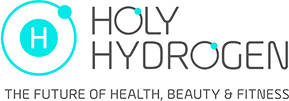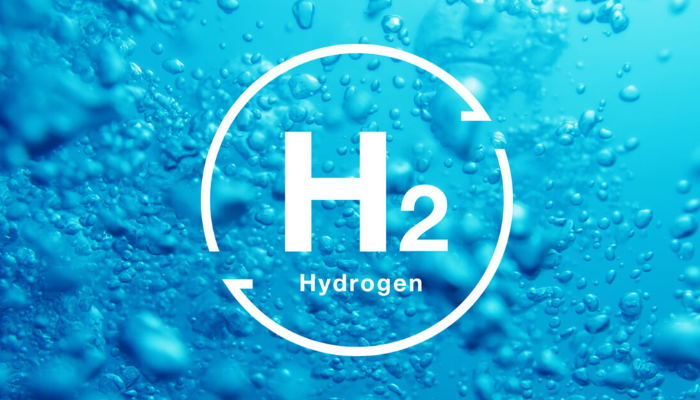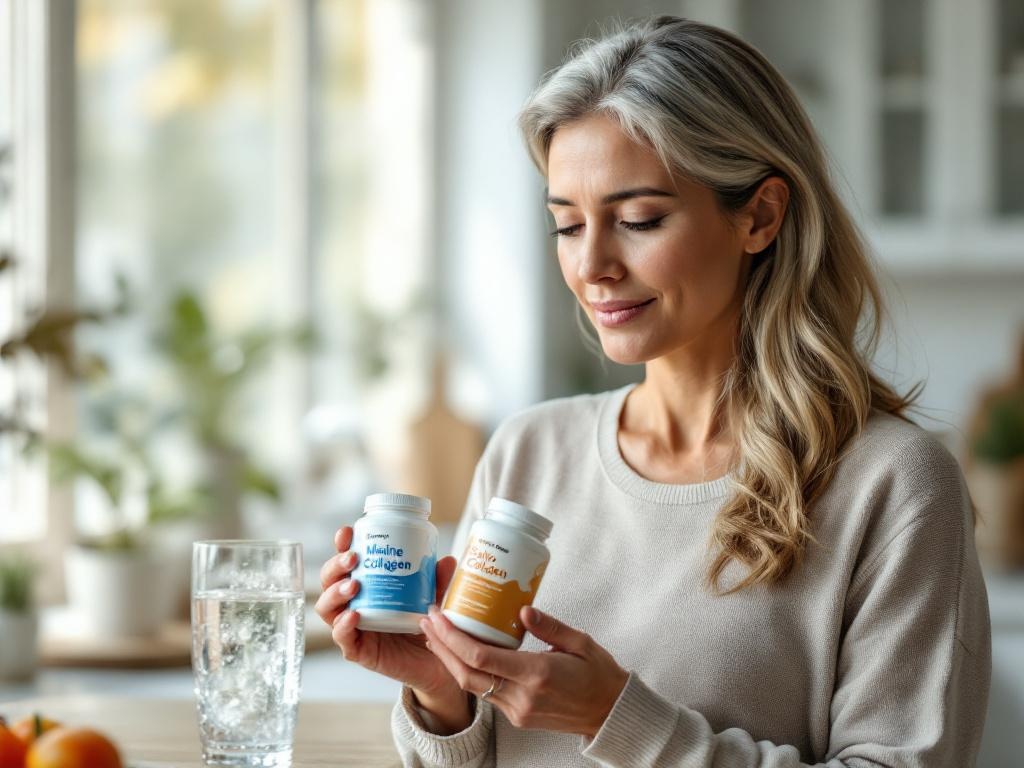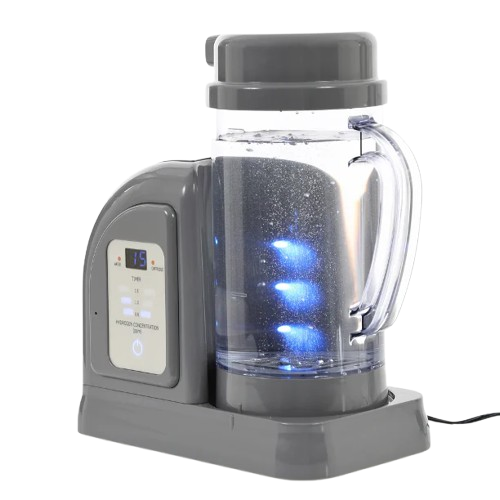
Living with persistent inflammation can feel like carrying an invisible burden—the constant fatigue, unexplained pain, and compromised immunity that affects millions worldwide. For those seeking evidence-based dietary solutions beyond pharmaceutical interventions, recent meta-analysis findings reveal compelling data about the Paleo diet’s effectiveness in reducing inflammatory markers. The research suggests an 87% SUCRA score for inflammation reduction, positioning this ancestral eating pattern as a potentially leading dietary intervention [1].
Understanding SUCRA Methodology: A Superior Comparison Framework
SUCRA (Surface Under the Cumulative Ranking) represents a sophisticated statistical methodology that surpasses traditional head-to-head dietary comparisons. This approach evaluates interventions across multiple studies simultaneously, providing a comprehensive effectiveness ranking from 0% to 100%.
The methodology’s strength lies in its ability to synthesize data from network meta-analyses, accounting for both direct and indirect evidence. When researchers applied this framework to evaluate dietary patterns, the Paleo diet achieved a high inflammation reduction score at 87.0%, compared to the Mediterranean and DASH diets [1]. This finding gains additional significance when considering that the analysis incorporated multiple inflammatory biomarkers across diverse study populations.
Research published in Nutrients journal revealed that when combining all health categories examined—including inflammation, oxidative stress, and metabolic markers—the Paleo diet showed promising results with an average SUCRA value of 67.2%, compared to DASH at 62.4% and Mediterranean at 57.4% [1].
Inflammatory Markers and Biological Mechanisms
The Paleo diet’s anti-inflammatory potential becomes particularly evident when examining specific biomarker improvements. Research indicates that this dietary pattern achieved SUCRA values of 79.0% for high-sensitivity C-reactive protein (hsCRP) and 95.0% for interleukin-6 (IL-6) [1]. These markers serve as critical indicators of systemic inflammation linked to chronic disease development.
A comprehensive analysis published in Advances in Nutrition quantified these effects, showing that Paleolithic dietary interventions were associated with reduced circulating CRP levels by 0.64 mg/L (95% CI: −0.99, −0.29 mg/L) [2]. This reduction may represent clinically meaningful improvement for individuals experiencing chronic inflammatory conditions.
The biological mechanisms underlying these improvements appear to stem from several factors. The Paleo diet’s emphasis on whole foods eliminates processed ingredients that may trigger inflammatory responses. Additionally, the omega-3 fatty acid content from grass-fed meats and wild-caught fish may modulate inflammatory pathways. The abundance of polyphenols from vegetables and fruits provides compounds that may work synergistically at the cellular level.
Emerging research reveals how molecular hydrogen therapy may complement these dietary benefits. Studies indicate that H₂ selectively neutralizes hydroxyl radicals—highly reactive oxygen species—without disrupting beneficial signaling molecules [3]. This selective antioxidant action addresses oxidative stress at the cellular level, potentially supporting the anti-inflammatory effects achieved through dietary intervention.
The Cellular-Level Enhancement: Molecular Hydrogen’s Complementary Role
While dietary interventions may effectively reduce systemic inflammation through nutritional pathways, molecular hydrogen offers a unique mechanism that operates at the cellular level. Research published in Frontiers in Physiology suggests that H₂ intervention may regulate inflammatory cytokines and scavenge free radicals, indicating potential therapeutic applications for various inflammatory conditions [4].
The synergy between Paleo dietary protocols and molecular hydrogen becomes evident when examining their complementary mechanisms. The Paleo diet provides essential nutrients and eliminates potentially inflammatory triggers, while H₂ may directly modulate cellular signaling pathways. A study in Nature Scientific Reports found that hydrogen-rich water consumption was associated with down-regulation of the NF-κB signaling pathway, a key regulator of inflammation [5]. In animal models, H₂ administration was shown to decrease pro-inflammatory cytokines including IL-1, IL-6, and TNF-α [5].
Clinical evidence further supports this complementary approach. Research published in the International Journal of Medical Sciences demonstrated that molecular hydrogen supplementation was associated with reduced average CRP levels from 1.46 mg/dl to 0.80 mg/dl after four weeks in the study population [6]. This finding suggests that combining dietary interventions with molecular hydrogen therapy through medical-grade devices like the Lourdes Hydrofix Premium Edition from Holy Hydrogen may offer comprehensive inflammation management support.
Practical Implementation Strategies
Implementing an anti-inflammatory Paleo protocol requires strategic food selection and meal planning. Research suggests that effective anti-inflammatory Paleo foods include wild-caught salmon, grass-fed beef, organic vegetables, berries, nuts, and seeds. These foods provide polyphenols, dietary fiber, vitamins, and omega-3 fatty acids identified as common components in anti-inflammatory dietary patterns [7].
Meal timing also plays a role in optimizing potential anti-inflammatory effects. Research suggests that incorporating intermittent fasting windows may enhance the diet’s benefits by promoting cellular autophagy and potentially reducing inflammatory marker production. A typical implementation might include an 8-hour eating window featuring nutrient-dense Paleo meals.
For those considering molecular hydrogen as a complementary therapy, research indicates that consistent daily consumption may provide optimal results. The lab-tested certification and 99.9995% pure hydrogen from Japanese-engineered devices ensures safety while maximizing potential benefits. Integration typically involves consuming hydrogen-rich water throughout the day, particularly around meal times to potentially support nutrient absorption and cellular function.
The combination of evidence-based dietary protocols with cellular-level therapeutic approaches represents an evolution in natural inflammation management strategies. Studies suggest that multifunctional interventions addressing inflammation through multiple pathways may achieve superior outcomes compared to single-modality approaches [7].
Future Directions in Natural Inflammation Management
The convergence of ancestral dietary wisdom validated through modern research methods offers promising directions for inflammation management. The Paleo diet’s SUCRA scores provide evidence for its potential effectiveness, while emerging therapies like molecular hydrogen present opportunities for enhanced cellular-level support.
As research continues to elucidate the mechanisms underlying dietary and molecular interventions, the potential for personalized anti-inflammatory protocols grows. The integration of biomarker monitoring, dietary optimization, and complementary therapies may offer opportunities for individuals seeking natural approaches to inflammation management.
The scientific evidence supporting both Paleo dietary interventions and molecular hydrogen therapy continues to expand, suggesting that comprehensive approaches addressing inflammation at multiple levels—from dietary inputs to cellular processes—may represent the future of natural health optimization.
For those interested in exploring evidence-based approaches to naturally reduce inflammation, understanding both the dietary and cellular mechanisms provides a foundation for informed decision-making. Download our comprehensive guide to combining anti-inflammatory nutrition with molecular hydrogen therapy to learn more about implementing these research-backed strategies.
Disclaimer: These statements have not been evaluated by the FDA. Holy Hydrogen does not make any medical claims or give any medical advice. The information presented is for educational purposes only and should not replace consultation with healthcare professionals.
References
[1] https://www.mdpi.com/2072-6643/15/1/76
[2] https://pmc.ncbi.nlm.nih.gov/articles/PMC6628854/
[3] https://pmc.ncbi.nlm.nih.gov/articles/PMC3788323/
[4] https://pmc.ncbi.nlm.nih.gov/articles/PMC8721893/
[5] https://www.nature.com/articles/s41598-020-68930-2
[6] https://pmc.ncbi.nlm.nih.gov/articles/PMC11413900/
[7] https://www.frontiersin.org/journals/immunology/articles/10.3389/fimmu.2024.1304686/full







